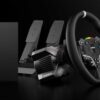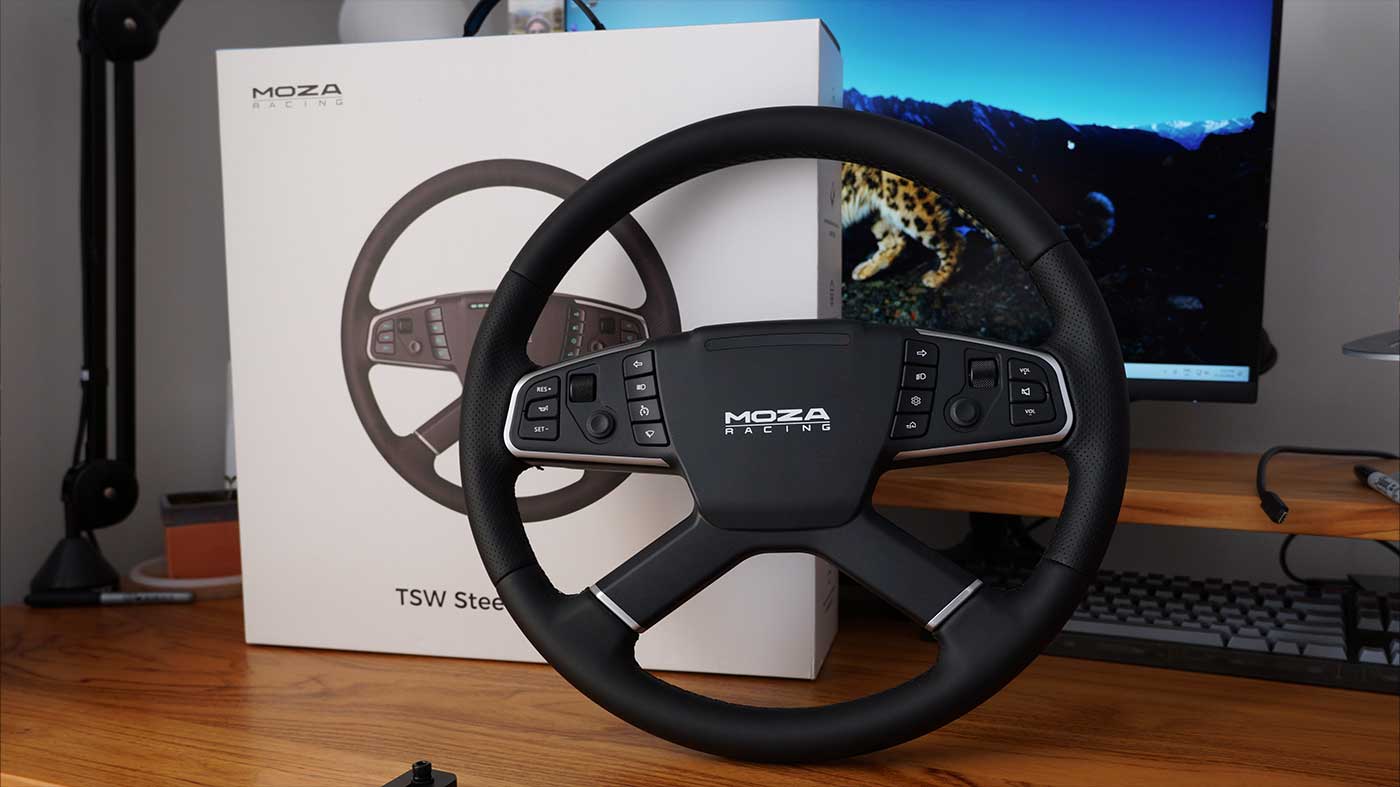Press Start may receive a commission when you buy from links on our site at no extra cost to you.
I remember seeing Euro Truck Simulator have a sudden burst of popularity with players and streamers some years ago. I never understood it. How does the drudgery of realistic long-distance road haulage make for a fun time? Why would someone come home from their job and think to themselves ‘time to simulate a different job on my computer?’
To really test out the TSW Truck Wheel from Moza, I decided to embrace my inner truck driver and go all in on American Truck Simulator.
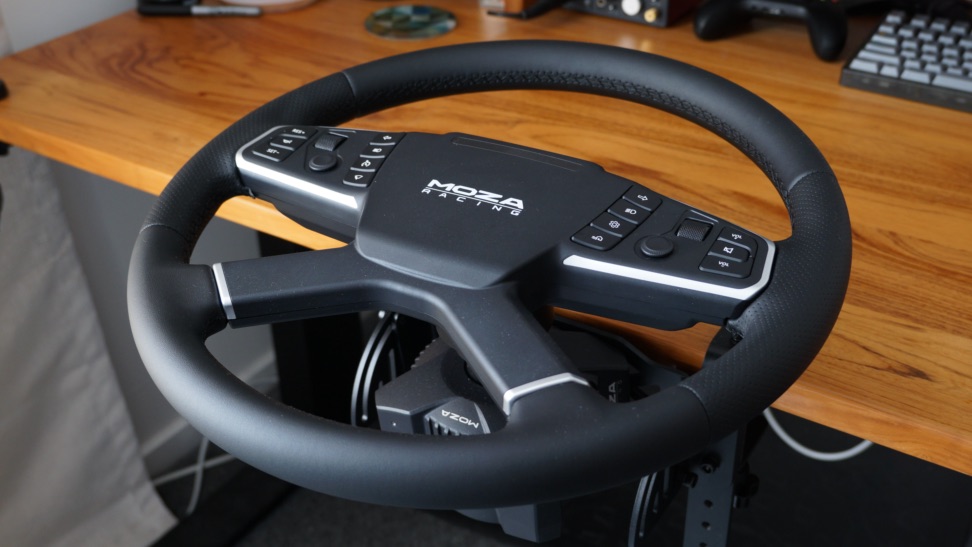
Getting everything physically set up was pretty straightforward, especially since I already had the wheel base and pedals from the R3 kit. I got sent a new mount to use with this wheel (a separate purchase, it should be noted) that allows you to mount the wheel nearly fully horizontally or adjust anywhere up to nearly vertical. If you have a favourite truck cabin layout, you can probably replicate the steering wheel position.
THE CHEAPEST PRICE: $519 FROM SCORPTEC
Initial software setup was a little more complex. Firmware updates are easy enough with the Pit House software, but given the wheel base mounts upside down, I had to recalibrate to make sure the neutral position of the wheel was the right side up. Setting up all your buttons and pedals will depend on the game, but I found things pretty manageable in American Truck Simulator.
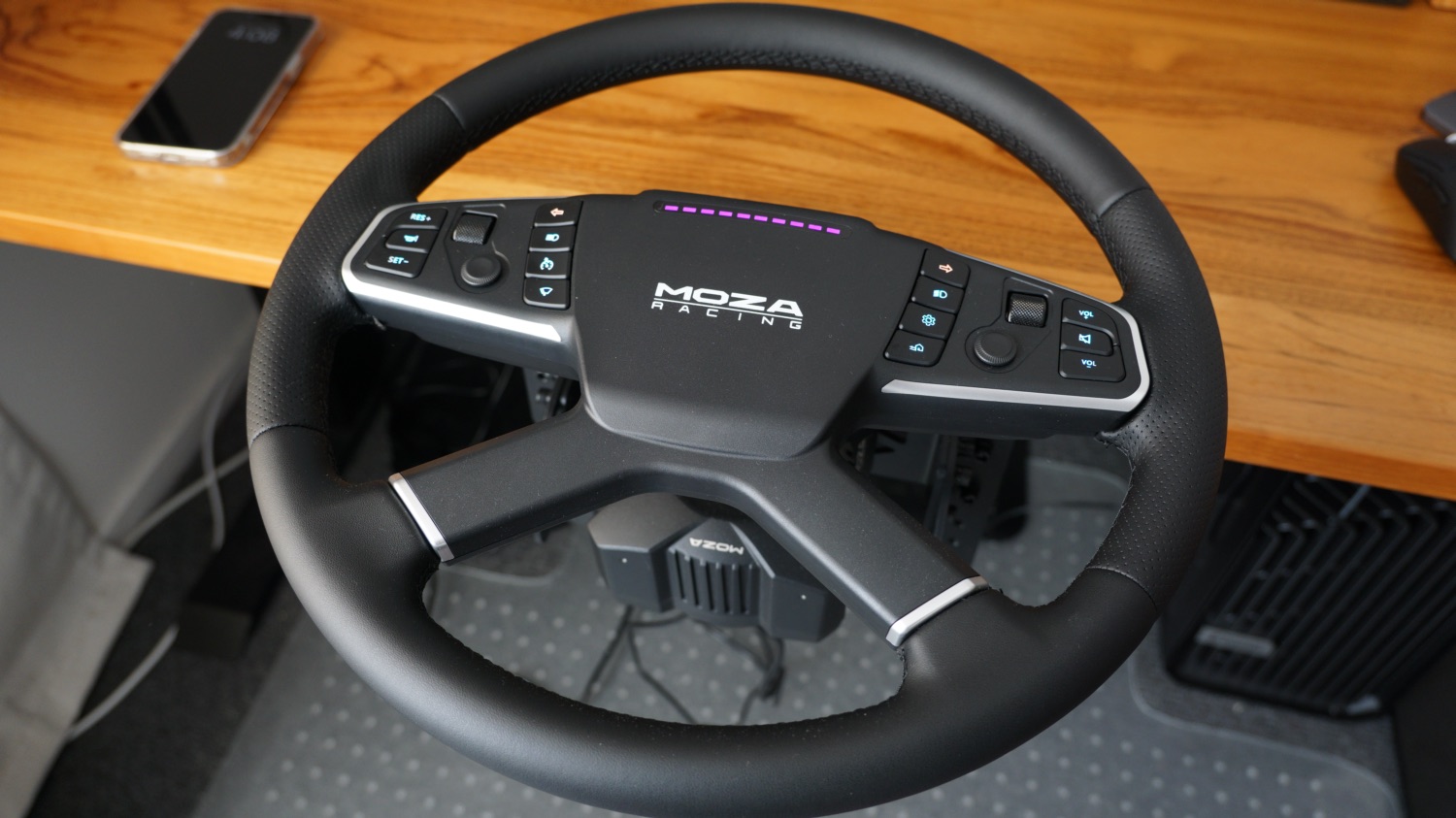
Back to the wheel itself, there is a useful set of buttons adorning the centre of the wheel, useful for things like indicators, headlight controls, trailer management and even controlling in-game radios. Each of the buttons is RGB backlit and can be set up with precise detail in the Pit House application. There’s a useful RGB array at the top of the wheel’s central area which can be configured to react to your engine RPM. If you’re going full on manual transmission in your simulated truck, this can be a really helpful indicator along with engine noise to help you know when to switch gears.
Alongside the buttons are some smart clicky directional pads (a little like the 3DS Circle Pad but with a pleasant click when it actuates) and some scroll wheels. The directional pads come in especially handy for menu navigation, while using the scroll wheels to tune the radio and control it’s volume felt just right.
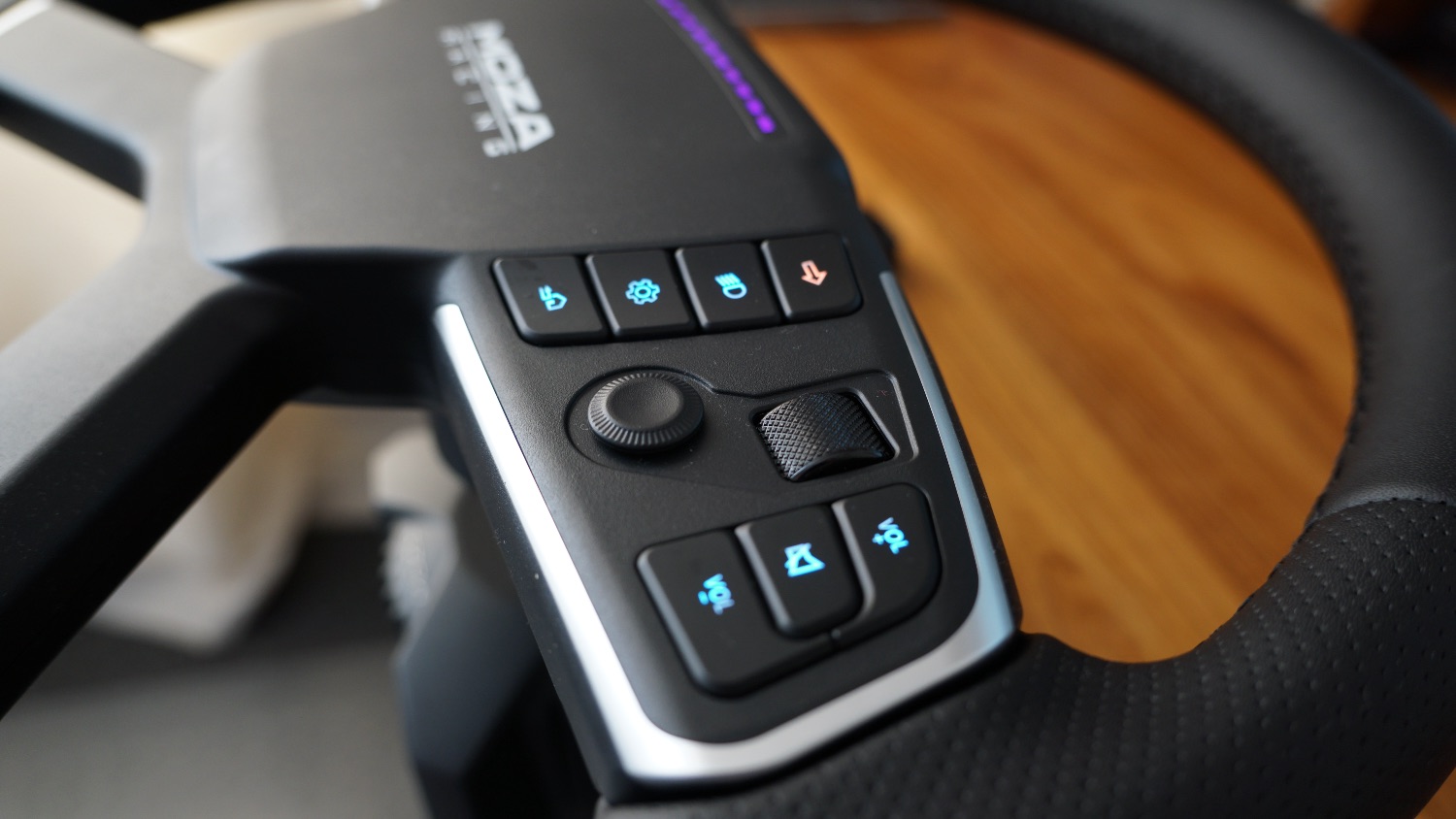
Having all these extra controls was one thing, but steering these big rigs is of course the main event when it comes to a simulation steering wheel. Having a wheel of this size and orientation really sells the weight of the massive vehicle you’re driving. The way you can spin the wheel several times before hitting the steering limit lets you get really fine with control while also helping with the illusion that there’s a big set of tyres under you.
The materials feel super durable. It’s wrapped in a microfibre leather which gives great texture for grip and a pleasant plushness for comfort in long driving sessions. The buttons have a hefty click to them and feel like they could survive years of simming.
With an RRP of $549, this isn’t an impulse buy. You’ll want to be pretty sure you’re heavily into truck simming before entertaining a purchase like this – especially given it needs a wheel base at least to be functional. The wheel should be compatible with most wheel bases on the market with appropriate adapters which is a nice touch. I didn’t get to test this, but the fact that Moza isn’t locking it’s gear to it’s own ecosystem is laudable. This stuff’s expensive and nobody wants to feel like they picked the wrong brand and have to start again just to try a different wheel.
